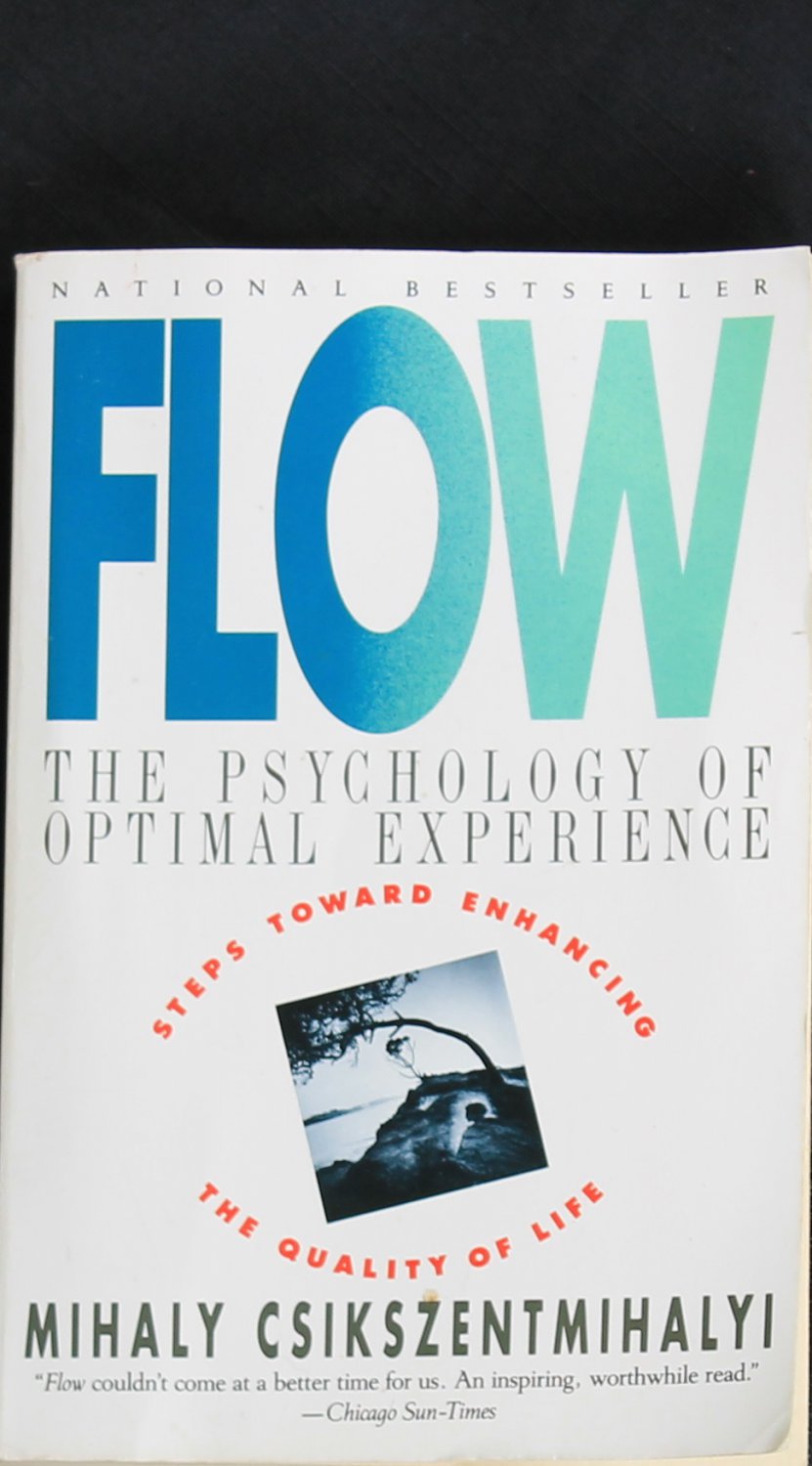

Since we are paying our full attention to the task, we have no mental capacity to allocate any more attention elsewhere. When we are in the flow state, we are entirely absorbed in an activity, whether it’s surfing or programming or playing the violin. We have already used half of our capacity. But to understand one single person speaking to us, we have to process 60 bits of information per second. Csíkszentmihályi estimated that we can pay conscious attention to around 120 bits of information per second.

However, our minds can only process a limited amount of information at a time. So how do psychologists explain the flow state?Īt any given moment, we are bombarded with a huge amount of information coming from various sources. It is this discovery that marked the beginning of Csíkszentmihályi’s flow theory. Yet all of them experienced a similar state of concentration and engagement when they were immersed in their work. These professionals were working in different fields and came from different backgrounds and cultures. In his interviews with dozens of athletes, musicians, artists, and other creatives, Csíkszentmihályi discovered an interesting occurrence. The phenomenon of flow was discovered in 1975 by Mihály Csíkszentmihályi, a Hungarian-American psychologist known for his research in the domains of creativity and happiness and one of the founders of positive psychology. Flow is achieved by matching an individual’s skill level with a medium amount of challenge. Flow is a cognitive state in which we are fully immersed in an activity and feel energized focus and happiness.


 0 kommentar(er)
0 kommentar(er)
